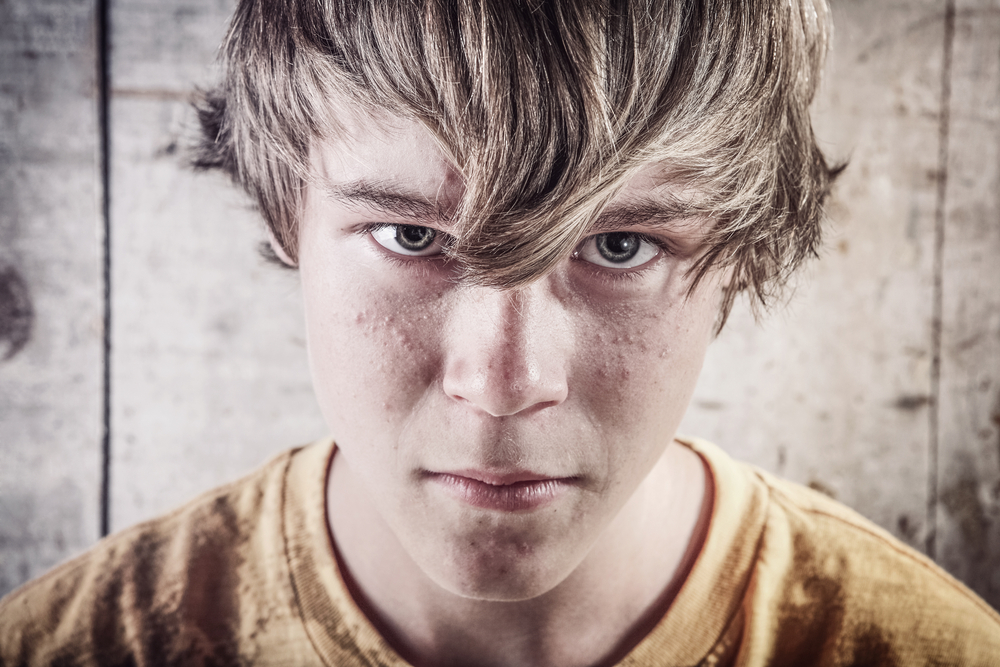“Terrence was 16 when he and three other teens attempted to rob a barbeque restaurant in Jacksonville, Florida. Though they left with no money and no one was injured, Terrence was sentenced to die in prison for his involvement in that crime.” —Cara H. Drinan, “The War on Kids”

The War on Kids | Cara H. Drinan | Oxford University Press | November 2017 | 240 pages
“The War on Kids” by Cara H. Drinan shines a light on the reality of juvenile sentence practices in America. Drinan, a law professor at Catholic University of America’s Columbus School of Law, shares her passion for kids involved in the juvenile justice system by putting their stories front and center. While humanizing their experiences, she also educates her readers on the challenges of the current system, and adds insight and further considerations to the momentum for juvenile justice reform.
The book begins by providing an historical view of the juvenile justice system. The system was first designed to be sensitive to the needs of young people who committed crimes. Young offenders were given sentences that addressed the factors that caused them to commit crimes and were sentenced according to their ability to rehabilitate. In the 1990s and 2000s, tougher laws on crime caused the U.S. system to move away from the idea that kids can be rehabilitated. Young offenders are now being treated as adults in many cases and given sentences that are more appropriate for adult offenders.

Catholic University of America
Cara Drinan
Drinan lays out the key predictors of whether a young person will commit a crime later: poverty, race (due to racial profiling and systemic bias), whether a child has an incarcerated parent and whether a child has experienced or witnessed violence in their home or community. These predictors are clear and can be used to support intervention and prevention when identified. In our current system, a juvenile offender’s background circumstances are often not allowed for consideration. Because of tougher laws for both adults and kids, many young offenders are transferred to adult criminal court and subjected to harsh sentencing such as life without parole, even if they committed nonviolent crimes.
The war on kids disproportionally affects the poor, the uneducated and the vulnerable. There are four factors exacerbating this. Many states still continue to treat age-appropriate misconduct in school as the basis for criminal charges (this has also been referred to as the school-to-prison pipeline), which negatively affects black and Hispanic children more than other children, based on data Drinan shares in the book.
Once in the system, these children are easily moved from juvenile to adult criminal court. Once they are in adult court, they often go without effective representations and often face adult sentencing. And if that weren’t enough, there is currently no evidence that putting kids in prison is helping in any way. In fact, studies show that incarceration itself tends to increase the likelihood of future criminal behavior.
Reform and responsibility
While there is so much bleakness discussed and shared in the book, there is also hope. Drinan shares a blueprint for reform and acknowledges the great work reformers are currently doing. The blueprint includes putting juveniles back in juvenile courts versus adult courts, providing age-appropriate sentencing and, what I thought was the most important point, arguing against incarceration and for rehabilitation. Some states, like Missouri, have already shifted away from long-term incarceration of youth toward small centers that emphasize routine, therapy and relationship building for detained youth.
It’s important to note that the author does not absolve youth of the responsibility of their actions. Once a crime is committed, there needs to be acknowledgement of that crime. But, there is a lot we can do to intervene before crime happens if we pay attention to the factors in a child’s life that predict criminal activity later.
For example, from my lens as a mentoring professional, there has been a significant movement in the mentoring field over the last several decades to provide intentional mentoring relationships to youth who have experienced the disruption, stress and trauma associated with having a parent incarcerated and absent from the home. Mentoring is also a widely used prevention and intervention strategy for supporting youth who are involved in the criminal justice system. Often these programs emphasize mentoring relationships for youth who are early in their engagement in the juvenile justice system ⎯ after an initial arrest or in lieu of sentencing for a minor crime.
While interventions like the ones I mentioned can help, there does need to be continued reform and movement toward large-scale change. Drinan writes, “If we take seriously the claim that states have instituted a war on kids in the last half century, and if we intend to generate lasting juvenile justice reform, there is only one path forward. We must launch a war for kids.”
Elizabeth Santiago is the chief program officer at MENTOR: The National Mentoring Partnership. MENTOR runs the National Mentoring Resource Center funded by the Office of Juvenile Justice and Delinquency Prevention.

I am very interested in all that happens to the youth and incarceration…at the moment we have two young men that are incarcerated,one is being transfered because if he stays there he will be killed,I want to see the system change and we need more people like judge Tepper to help us learn how to help….God Bless you for all you do….m